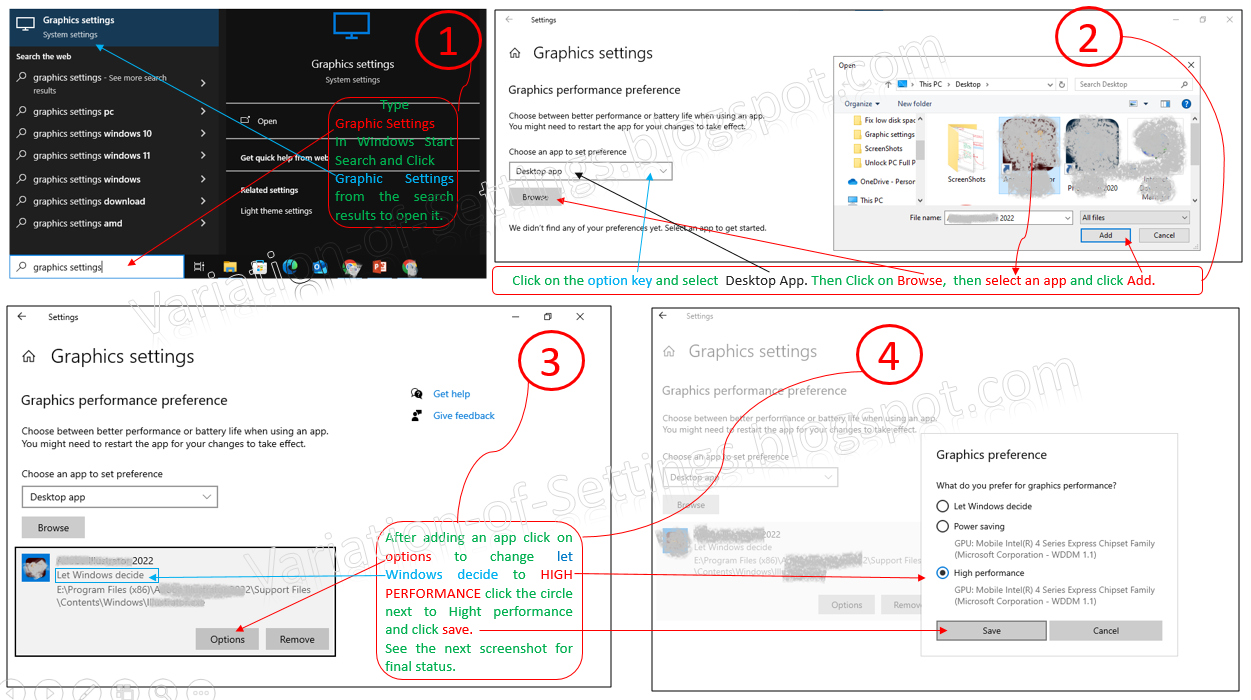Fixing Common Blue Screen of Death (BSOD) Errors: A Step-by-Step Guide
What are Blue Screen of Death (BSOD) or Stopcode Errors?
When your Windows computer encounters a Blue Screen of Death (BSOD), everything freezes, and you are faced with a blue screen displaying an intimidating error message along with a mysterious hexadecimal code (like "0x0000007E"). This indicates that a critical issue has triggered the infamous BSOD on your computer. This can be caused by severe problems like faulty hardware, problematic drivers, or conflicts within Windows. Treat it as a high-priority alert and pay attention to the hardware problems and software issues when you see that blue screen.
Blue Screen of Death Errors Potential Fixes:
To fix these errors, you’ll need to investigate the root cause and prevent future crashes. You can prevent such errors by keeping your PC running smoothly, performing regular tune-ups, and removing junk files and unnecessary apps to maintain optimal performance.Overheating can trigger such errors as well. Cleaning dust from fans and ensuring proper ventilation are essential. Also, keeping all software and hardware components updated is crucial to prevent compatibility issues that can lead to BSODs. However, when this happens, here are some fixes that can potentially solve these errors.
1. Restart Your Computer: Reboot your PC and see if the blue screen reappears. Occasionally, a straightforward reboot suffices. It’s like hitting the reset button on frustration!
2. Investigate Recent Updates: If the issue arose after an update, play detective. Go to Settings, then Update & Security, and click on Windows Update. After that, click 'View update history' and identify the problematic update. Get rid of it by clicking on it and selecting 'Uninstall. Learn more about troubleshooting update errors and fixes
3. Update Those Drivers: Outdated or incompatible drivers can be the culprits. Visit the manufacturer’s website or use Windows Update to find and install the latest drivers for your graphics card, network adapter, and other essential components.
4. Memory Diagnostic: Faulty RAM can turn your screen blue. To diagnose and repair memory-related issues run Windows Memory Diagnostic to identify and fix memory errors, ensuring seamless system performance and reliability. Check out our comprehensive guide, "Windows Memory Diagnostic: Diagnose and Fix Memory Errors," for step-by-step instructions and expert tips.
5. Disk / Storage Device Error Correction: Chkdsk, a crucial utility, ensures file system integrity by repairing errors that cause data corruption and system failures. It scans and repairs storage devices for errors like bad sectors and cross-linked files, caused by power outages, malware, or physical damage. Regular use optimizes performance by freeing disk space and updating metadata. For detailed instructions on running Chkdsk, click here to learn how to Fix Disk Errors with Chkdisk A comprehencive Guied to Windows Disk Repair.
6. Check System Files: Checking system files on weekly or atleast on monthly basis is crucial. This check as like a prorocutive measure against errors. When your system files are corrupted, it can lead to annoying BSODs. You can check, verify and repair system files with SFC commands. For a complete guide on System file Checker click here.
7. Decode Event Viewer Logs: Pop open the Event Viewer (search for it in the Start menu). Look under “Windows Logs” > “System” for critical or error events related to the blue screen. Take notes—it’s like solving a tech mystery!
8. Tighten Hardware Connections: Make sure all your hardware components (RAM, hard drive, graphics card, etc.) are snugly connected. If something’s loose, give it a gentle nudge. We’re all about good connections here!
9. Hunt Down Malware: Sneaky malware can mess with your system. Run a full scan using Windows Defender or a reliable third-party antivirus program.
Lastly, let's conclude this topic by noting that BSOD errors can be caused by hardware or software issues. Investigate both thoroughly. If nothing works, consider restoring to a saved state or reinstalling Windows.
“Thank you for reading. I hope you find a solution for your PC BSOD error!”

.png)


Great post!
ReplyDelete